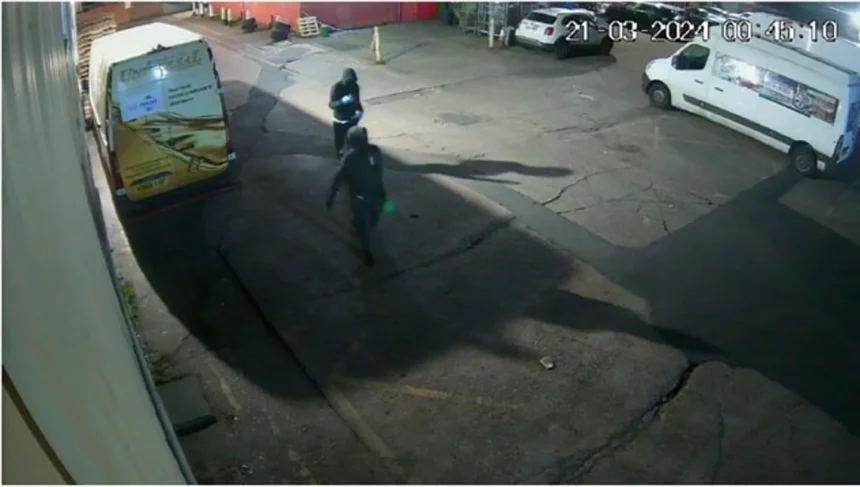LONDON (AP) – July 9, 2025 – European intelligence officials are expressing growing alarm over an escalating campaign of sabotage across the continent, which they attribute to Russia and its proxies. These operations, often involving untrained individuals, are becoming increasingly dangerous, raising concerns about potential serious injury or even fatalities., reports AP.
London Arson: A Glimpse into Russian Tactics
A recent case in east London highlighted the methods employed. In March 2024, a warehouse storing equipment for Ukraine was set ablaze. A British court on Tuesday found three men guilty of arson in the plot, which prosecutors stated was masterminded by Russia’s intelligence services. Two other men, including Dylan Earl, had previously pleaded guilty to organizing the arson.
Messages exchanged between Earl and a man identified by UK authorities as his Russian handler, including a Russian message reading “Excellent” after the fire, revealed the direct links. The warehouse fire is one of over 70 incidents documented by The Associated Press since Russia’s full-scale invasion of Ukraine in February 2022.
Increasing Risk and Shifting Modus Operandi
Four European intelligence officials, speaking anonymously due to the sensitivity of the matter, told the AP that the risk of serious injury or death is rising as inexperienced saboteurs engage in acts like setting fires near homes and businesses, planting explosives, or building bombs. AP’s tracking shows a significant increase in such incidents, with 12 cases of arson or serious sabotage last year, compared to two in 2023 and none in 2022.
“When you start a campaign, it creates its own dynamic and gets more and more violent over time,” said a senior official from a European intelligence agency.
The Kremlin has denied involvement, with spokesperson Dmitry Peskov previously stating that Russia has never been shown “any proofs” supporting such accusations.
Recruiting Amateurs and Wagner Group Links
Intelligence officials indicate that Russia has increasingly relied on foreign amateurs, often young individuals with no criminal records, who are recruited for a few thousand dollars. This shift is attributed to the expulsion of hundreds of Russian spies from Western countries following the 2018 poisoning of former Russian intelligence officer Sergey Skripal in the UK, which led to a major Western response.
“Russia had to change the modus operandi, from using cadre officers to using proxies, making a more flexible, deniable system,” an official explained.
Documents from the London warehouse trial offered insight into this recruitment. Transcripts of messages between a man identified as a Russian intelligence operative (using the handle “Privet Bot”) and Dylan Earl, who was active on Telegram channels associated with the Wagner Group, showed how recruits are engaged. Experts believe Russian military intelligence, likely through Wagner, was behind the London plot.
Serious Consequences and Future Threats
The warehouse fire, which destroyed about half of its contents including StarLink devices vital for Ukraine’s military, occurred just meters from a truck driver’s cab and near residential buildings. Over 60 firefighters responded to the blaze.
Initially, Russia’s disruption campaign involved more vandalism. However, “Over the last year, it has developed to arson and assassination,” the senior European intelligence official noted. Other alarming incidents linked to Russia include plots to place explosive devices on cargo planes and set fires in shopping centers in Poland, Latvia, and Lithuania, as well as a plot to plant a bomb in an IKEA store in Vilnius.
Messages from the London case also revealed discussions about further attacks on businesses linked to Ukrainian support, including talks of burning down London properties owned by Russian tycoon Evgeny Chichvarkin. While Russian intelligence aims for “strict operational control,” the officials warn that “control does not hold” in all instances, leading to increasingly dangerous proposals from the recruited individuals.







